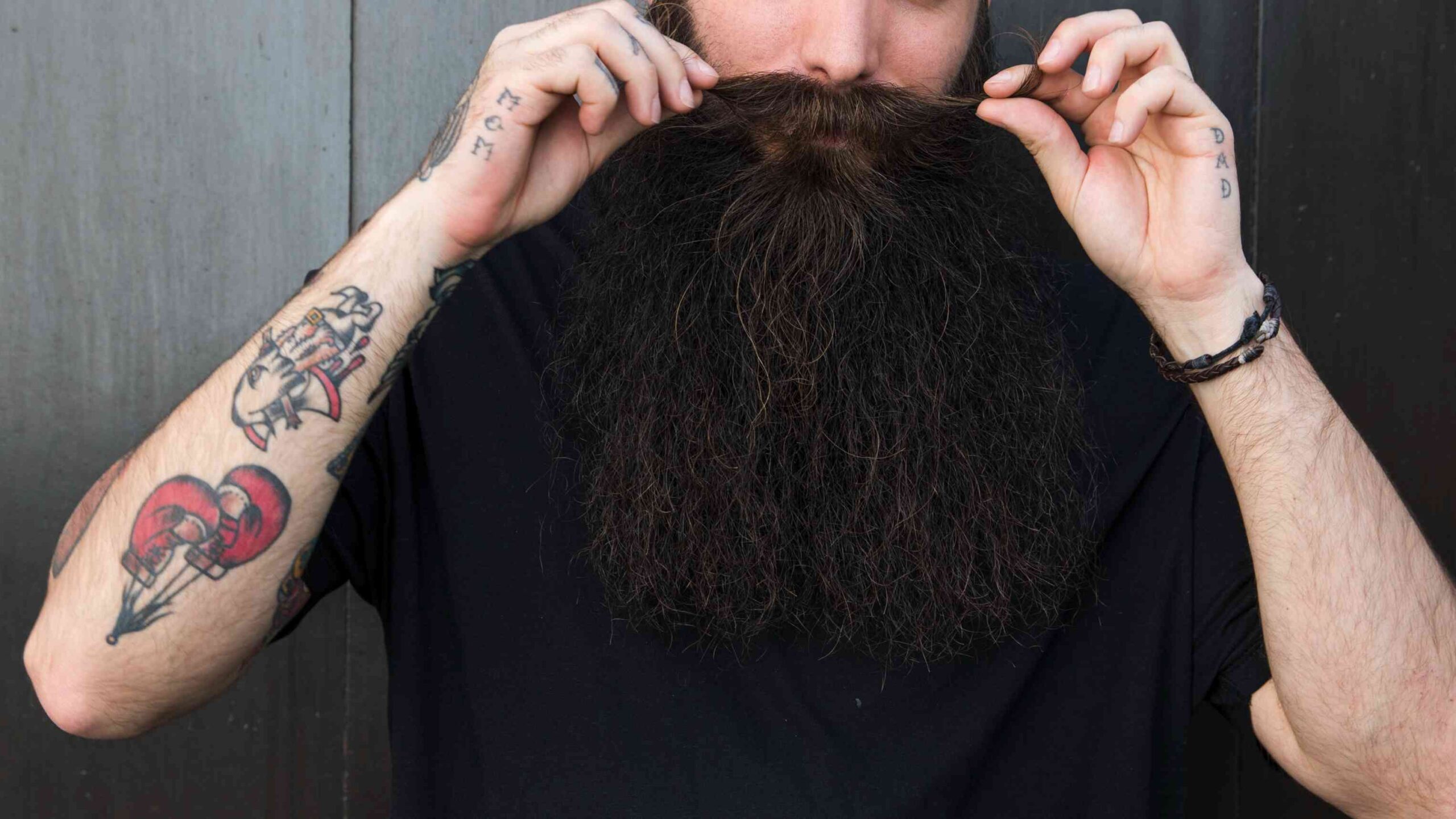4 Conditions Scalp Tattoos Treat

A scalp tattoo is a non-invasive solution to pattern baldness or alopecia caused by genetics, medical conditions, or treatments. A reliable artist first evaluates your skin and scalp type before administering the tattoo that complements your natural hair growth. Here are a few conditions that scalp tattoos can treat:
1. Alopecia Areata
You may be suffering from alopecia areata if you have consistent hair loss that progresses into smooth, round patches. It may also manifest as an itchy sensation that you encounter with flaky skin on your scalp. Alopecia areata causes an immune system malfunction, and where your hair follicles are still active, your artist can blend the tattooed scalp with your hair to give you a natural look.
Scarring alopecia types include totals, universalis, and patchy. In treating scarring alopecia, the extent of active hair follicles and their location on the scalp determine the suitable placement for a scalp tattoo. Whether dotting, shading, or filling, the aim is to create high-density camouflaged patches that restore hair appearance in areas of permanent hair loss.
2. Hair Receding
Your hairline may begin receding due to stress, genetics, or age, especially in the corners of your forehead and temples. Visiting a scalp tattoo artist enables you to regain your hairline by blending micropigmentation in the front line of your scalp. Your artist evaluates your hair texture and color to craft pigments that blend naturally with your hair.
When you have blond hair, your tattoo practitioner may use a lighter pigment to create hair shading. For brunettes, the artist uses darker pigments to simulate thin hair fibers, supporting a uniform hair density. For a more natural-looking result, the artist blends both dark and light pigments for a 3D effect. The needles used for receding hairline scalp micropigmentation are thin enough to give the appearance of fine hair follicles.
3. Gene-related Hair Loss
For people who may be genetically predisposed to hair loss, the scalp has a high potential for developing patterned baldness. Thinning and shedding hair due to hereditary factors like hormones and inflammation can also occur. A scalp tattoo not only reduces the appearance of thinning hair but also camouflages noticeable scars on the scalp.
Some of the signs that your genetic hairs are falling out may include a receding hairline and thinning hair around your temples. Your artist will help you set a realistic expectation regarding your final appearance after the scalp micropigmentation procedure.
4. Age-related Hair Loss
You can naturally expect to lose hair as you age, and your scalp also becomes more visible through thinning hair. Resorting to scalp micropigmentation is viable since the procedure allows you to alter the appearance of hair density on your scalp. You cover the different patches that are visible due to age-related hair loss. For increased hair density, your practitioner may apply additional dots to improve your scalp’s appearance.
Aftercare for scalp micropigmentation may include avoiding sunlight and cleansing the treatment area with harsh shampoos. Your tattoo artist may also recommend avoiding swimming and saunas for a few weeks. When you follow the aftercare instructions, you reduce the chances of the tattoo fading more quickly. The procedure is efficient, and you can enhance the tattoo’s appearance by scheduling a touch-up session with your artist after a few years.
Reduce Your Hair Loss With a Scalp Tattoo
Partnering with an artist allows you to make the appropriate selection for pigment color and hairline design. After getting a scalp tattoo, you will receive guidance on how to properly care for your scalp. Visit your artist today for a transformation and to help you address hair loss challenges through scalp micropigmentation.


